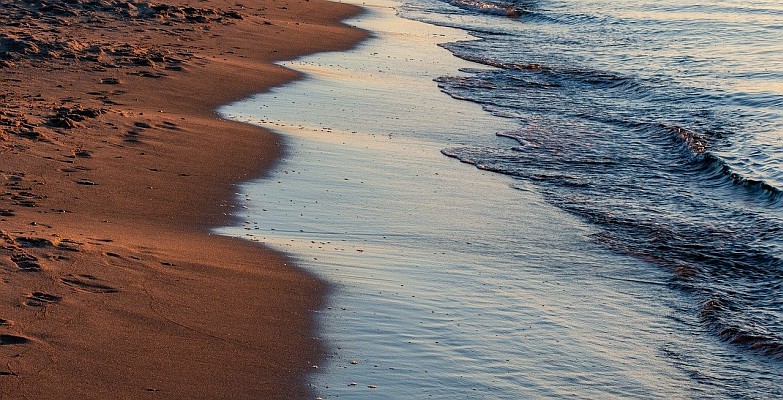A new report released at the beginning of June by the United Nations Educational, Scientific and Cultural Organization (Unesco) provides a series of scientific information on the current state of the oceans, involving physical, chemical, ecological and socioeconomic aspects. Although only 25% of the ocean floor is currently mapped, it is already known that warming in deeper zones is at an unprecedented rate.
“With the planet warming with each passing year, the ice in the polar ice caps begins to melt, and all the water that was frozen goes into the oceans, raising sea levels.”,
explains biologist and master in Environmental Science and Technology, Paulo Jubilut, professor at Aprova Total.
The United Nations Intergovernmental Panel on Climate Change (IPCC) predicts an average sea level rise of just over one meter by 2100. However, scientists warn that if greenhouse gas emissions continue to rise, this number it could reach two meters by 2100 and five meters by 2150.
According to data released last year by NASA, the United States space agency, in the last 30 years the ocean level has risen on average by nine centimeters. The new report released by UNESCO highlights that there is no doubt that this process will accelerate – or rather – is accelerating as a result of the global warming of the planet, a result of the excess emission of carbon dioxide and other greenhouse gases caused by humanity.
Furthermore, research conducted by Climate Central, a non-profit organization, based on data provided by NASA, indicates that several Brazilian cities could be submerged by 2100. Among the affected cities are Cabo Frio (RJ), Belém (PA), Ilha do Marajó (PA), Oiapoque (AP), Porto Alegre (RS), Santos (SP), Fortaleza (CE) and Pelotas (RS).
“There are countries that are threatened with complete disappearance due to the advance of the sea, such as small Tuvalu, in Oceania. This country is made up of nine small islands, and the homes of 12,000 people are being swallowed by the salt water of the Pacific Ocean.”,
said Jubilut.
The biologist brings another perspective on the sinking of the islands: rising sea levels are affecting the availability of fresh water and harming Tuvalu’s agriculture. The infiltration of seawater into the ground reduces the amount of freshwater available, leaving residents dependent on rainwater for drinking and other daily activities.
One of the biggest problems with these regions disappearing from the map is that the inhabitants will be left homeless and will have to look for a new place to live. The IPCC report predicts that up to 72 million people will need to move from coastal regions because of rising sea levels. And this is just one of the migration crises caused by climate change. Other factors may also trigger these migrations, such as droughts, lack of food and water, and climate-related disasters.
Scientific research emphasizes the importance of coordinated global action to combat global warming and its consequences on the oceans. This includes drastically reducing greenhouse gas emissions, developing sustainable technologies, and promoting responsible environmental practices.
The conservation of marine ecosystems, the restoration of degraded areas and the implementation of effective coastal management policies are crucial to mitigating negative impacts and protecting vulnerable communities.
Main image: Pixabay

